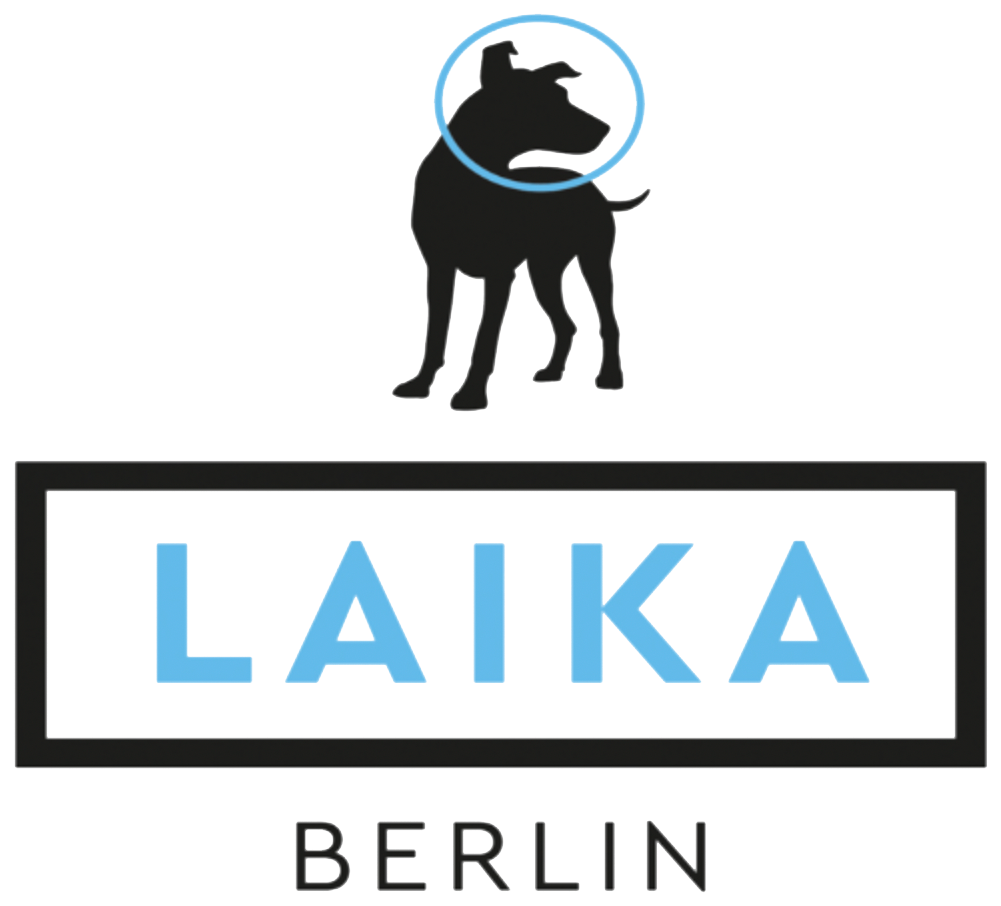THE REAR VIEW MIRROR: 30 Years Perspective
By David Josephs
A few weeks ago I was fortunate enough to be delivering a training session to a group in Prague, working with a colleague who I hired to the PR company I led right back at the beginning of my career.
Inevitably, over some refreshment, we started to reminisce about work ‘back then’ – and I’m talking about the early 1990s here!
It occurred to us that the fundamentals of the job are very similar. We look to secure outstanding media coverage for our clients. But the way in which we try to do so has changed hugely.
1992 – a momentous year
So back in the autumn of 1992 the world wide web had only been opened to the public in the previous year. There was a currency crisis in Europe. Towards the end of the month Werder Bremen were held to a 0-0 draw at home to Eintracht Frankfurt to move 9th in the Bundesliga, showing few signs they would be crowned champions at the end of that season. In more personal news, I’d just got married!
Back in the workplace, everything seemed slower compared with nowadays. There was no email. We would only speak to clients and journalists on the telephone, or in person There were only print copies of newspapers and trade publications.
For better or for worse?
This didn’t mean things were better or worse, but they were different.
I think we planned things better, because we had too. Typically, we would have an in-person planning meeting with a client every month, and this was a real event. The best ones had enough time for administrative updates, but would also feature more strategic discussion. I’m going to suggest this was often better managed than it is today.
We also had to plan our campaigns more robustly. Again, the absence of the internet meant press releases, case studies or opinion articles had to be sent via the post. Clients had to send approval slips via the post. Press cuttings would be received in the post. I would imagine that readers under the age of 40 must find this kind of working environment inconceivable.
More time to think?
I feel we also had more time to think. Of course there was no such thing as a messaging channel like Slack. Sure we had more phone calls, and I remember many clients who really did like to talk, but phone calls didn’t always need to be answered straightaway. We had more to think, to collaborate, and to create.
I didn’t intend this article to be a tribute to ‘the good old days’, but as I re-read it, it feels like it is. You know I often look at the modern workplace and wonder how anyone ever gets anything done. There are so many channels of communication. People don’t get the time to think. Too much planning is last minute in its nature.
When clients invest in a PR firm, they are buying their time and their experience. But to benefit from that experience, clients need to give their agency the time to do their work. For their part, agencies need to control their time more effectively.
Budgets frozen
There are some things that have not changed. Client budgets, for example. Back in 1992 the budgets I was working with in the UK were very similar to those we see today. £2000 to £3000 per month would be a small client. £4000 to £8000 would be a medium-sized client. I was concluding my first £10,000 per month relationship with an ERP vendor back in 1991. The economics of this don’t really make sense, as people working for PR firms clearly earn more today than they did in 1992.
Likewise, news values haven’t changed. By that I mean the kind of things that will determine what makes a good news story, and what doesn’t. The best PR consultancies don’t simply push out news stories in the hope they will receive coverage. They have the experience to challenge clients and suggest alternative strategies to the ones being suggested.
Core skills remain the same
The very best PR consultants of 2022 have similar skills to the best in class of 1992: they read extensively, they have an eye for a good story, they can write well, and they are supremely well organised. We just need to make sure we give them the time and space to do what they do best.
And let me finish with an observation on one aspect of modern working which compares extremely favourably with 1992. There is much less hierarchy these days, which means colleagues are far more likely to contribute meaningfully earlier in their career. I recall a conversation with a business owner around 10 years ago where I recommended a significant promotion for a young (around 25 years old) employee. The initial fear was they would expect too much if they were promoted too quickly. I won that particular argument, and that employee is now a senior figure within that organisation.
Treat every employee with dignity, and they will reward you well. Happily, that is a principle very much enshrined in everyday working life at Laika.
David Josephs
ABOUT ME: I’ve worked in the PR industry for 30 years, and have advised tech companies of all shapes and sizes ever since. My experience extends across Europe, the US and the Middle East. My posts for Laika aim to share some of those experiences to help you make the most of your investment in PR. I’m proud to serve on Laika’s Board of Advisors, and support the team through training sessions and one-to-one guidance.


